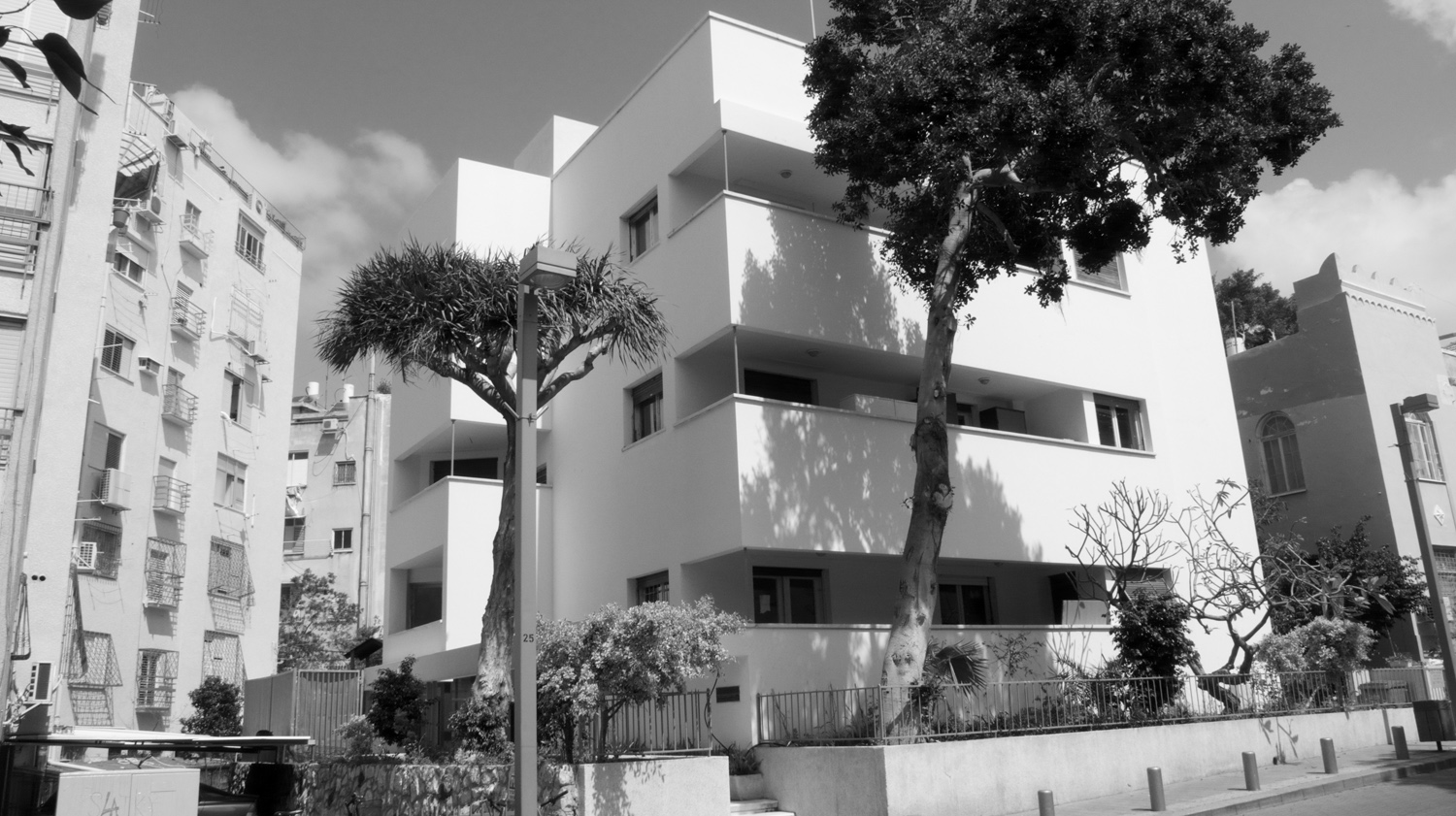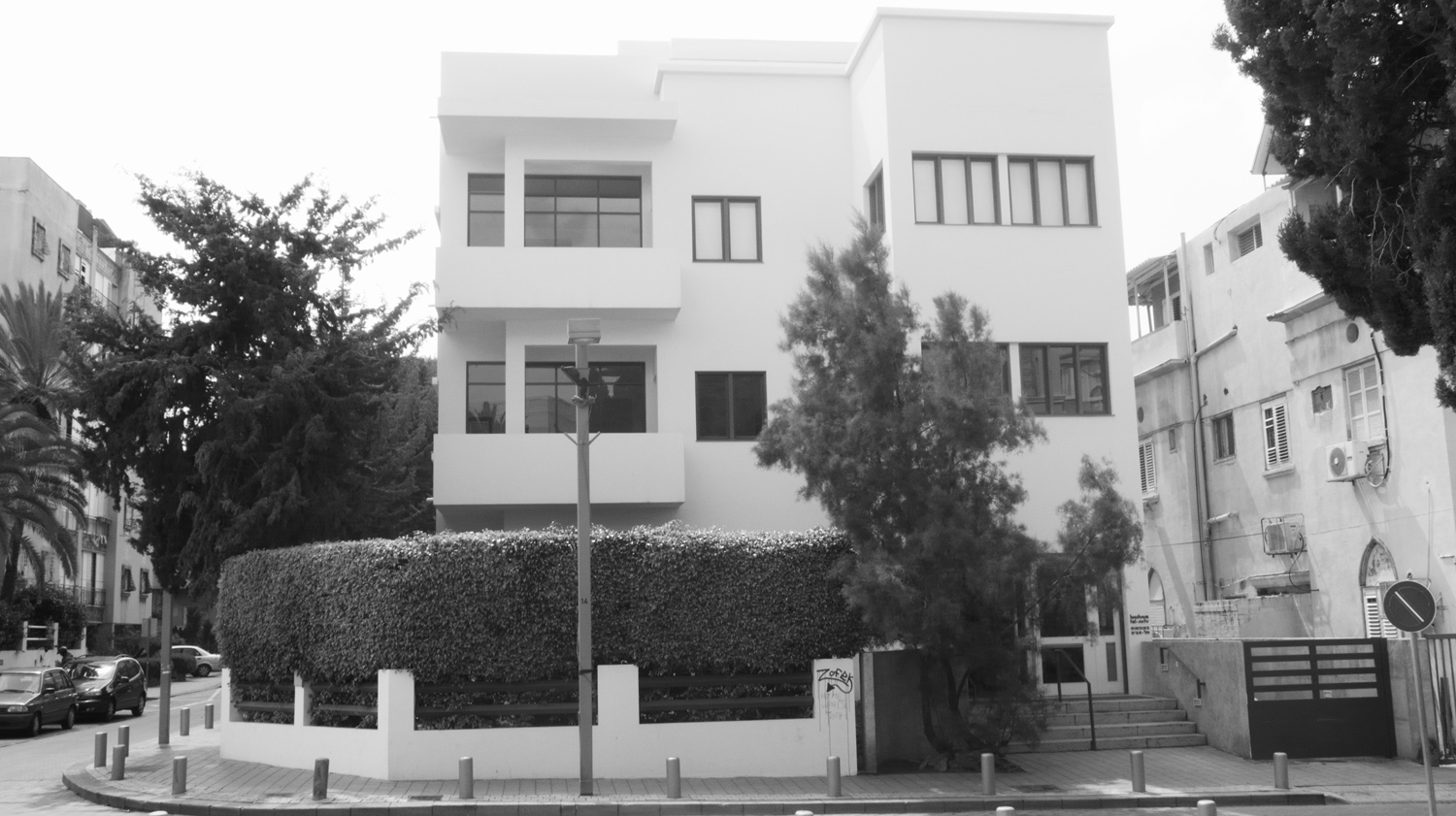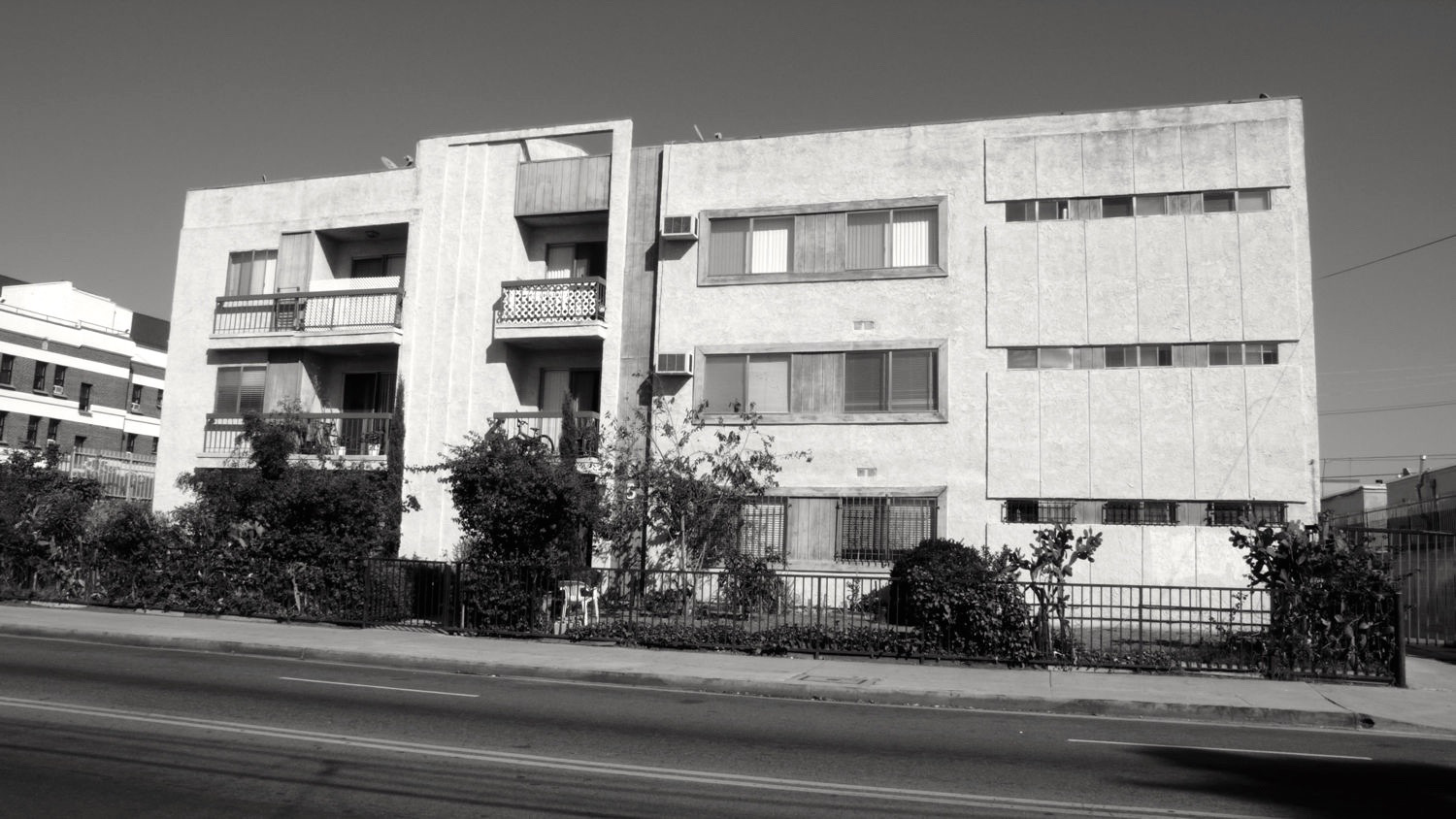AJRCA Curator- Sara Cannon Perspectives: The White City + Beyond
By the early 20th century the Jewish citizens of Europe were able to integrate into the society of their host countries and flower into success in fields from architecture and culture to economics and science. Despite successes in these areas their work bore no distinguishable hallmarks of Jewish identity. Their muses were the standards and age-old traditions derived from their country’s history and nationalism.
This state of traditional affairs ended for most of the European creative community in the 1920s when a cultural sea change referred to as Modernism manifested itself. It was an umbrella term for a new and exciting movement in all phases of art and expression. It had no allegiance to country or national identity and proclaimed freedom from the heavy traditions of the past. It was the perfect manifesto to free Jewish architects, writers, playwrights, composers and artists seeking new ways to create. For them it also signaled a new idealism and a release from the bounds of nationalistic tradition and difficult experiences of their shared pasts.
The spirit of design in modernism flourished in Europe and elsewhere. An influential school of art and design opened in 1920s in Germany called the Bauhaus (1919-1933) teaching craft, the fine arts, design and eventually architecture in the new modernistic idiom or International style of architecture. Also influential was European architect and urban planner, Le Corbusier, who became one of the pioneers of the modernist style. These sources influenced an entire generation of architects. The modernist canon embraced a new aesthetic of simplicity, clean lines and white walls and with no unnecessary decorations or embellishments. They also included distinctive balconies that made the designs unique in appearance. Instead of using traditional building materials for domestic architecture they used industrial materials such as concrete, steel and glass. Functionality led their design philosophy with a less is more approach and a practical effort of adaptation to local environments. Their aim was to design a form of socially progressive, egalitarian buildings and apartment houses for a new way of living. Jews joined this liberating architectural effort with gusto and were in the vanguard of this new movement designing important buildings throughout Europe.
By the mid 1930s Hitler’s totalitarian influence was growing and his hatred of modern cultural views and freedom of thought brought the Bauhaus School to an end. However, modernism’s philosophy and teachings were set free to flourish elsewhere and in particular in pre-state Israel. As waves of European Jewish refugees, including Jewish architects trained in the modernist idiom, fled to the ports of Tel Aviv and elsewhere in the country new housing was needed to accommodate them. Refugee architects joined forces with Jewish architects already there to design and build apartment housing in the new modernist style signaling the new lives people were going to live in them. It was here that an Israeli modernist architecture was born that adapted European design to the environmental and social conditions of the country.
As the photographs in our exhibition show central Tel Aviv became the premiere city for buildings designed in the Bauhaus/International style. A forward-looking and progressive city, it grew to have the largest number of bright white, Bauhaus-style apartments in the world, some four thousand buildings built from 1933 on. In 2003 UNESCO designated Tel Aviv as a World Heritage Site and called it the White City. It was cited as "An outstanding example of new town planning and architecture in the early 20th century…a unique adaptation of modern international architectural trends to the cultural, climatic and local traditions of the city.”
Carol Bishop’s photo essay, Colors of the White City, engages us with the colors and shadows these white walls reflect. Her photos lend a viewpoint of structure as sculptural form and as canvas surface for light and shadow to play on. In her photo essays Old Jaffa and Bricks + Earth Bishop explores the styles of older Tel Aviv architecture of very early 20th century.
Susan Horowitz’ photographic essay of 1930s modernist architecture in Tel Aviv Perspective-The White City gives us a look at the buildings of central Tel Aviv as examples of the marriage of European Bauhaus modernism and Israeli environment. In Some Shulman Architecture, Horowitz documents the Los Angeles work of Ben-Ami Shulman, one of the most significant of the original architects of the White City. His work in Israel led him to be amongst the most celebrated modernist architects of his time. He immigrated to Los Angeles in the 1960s and began his architectural practice here adapting his designs to the architectural trends of Southern California.
AJCRA Curator Sara Cannon was previously the Director of Museum Education Programming, L.A. Municipal Art Gallery and Hollyhock House, Dept. of Cultural Affairs L.A.


